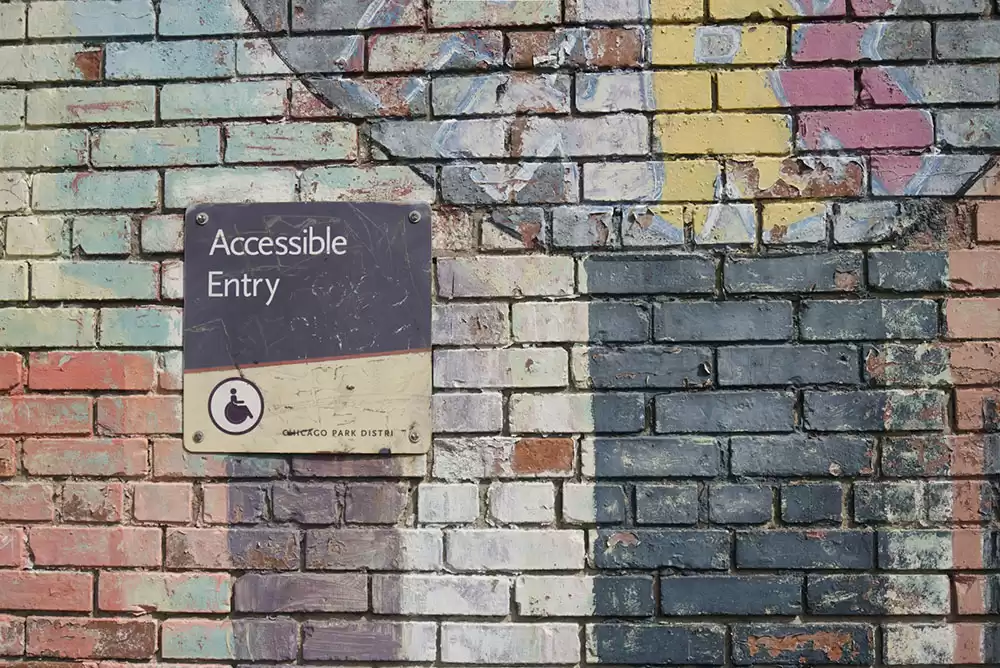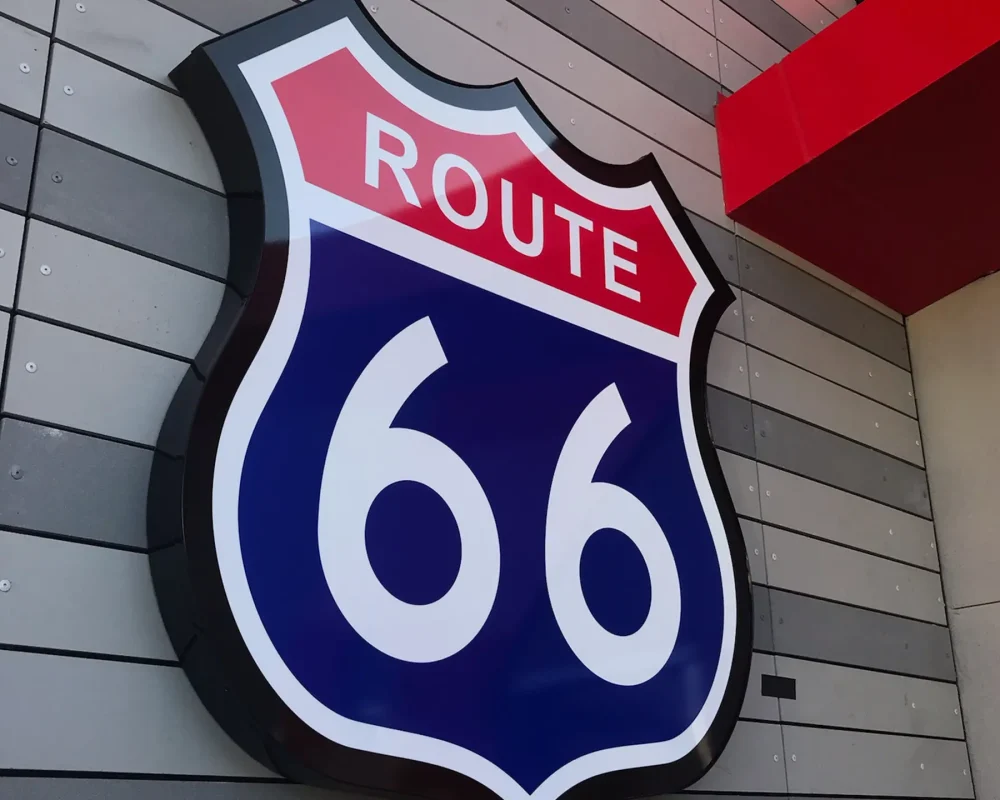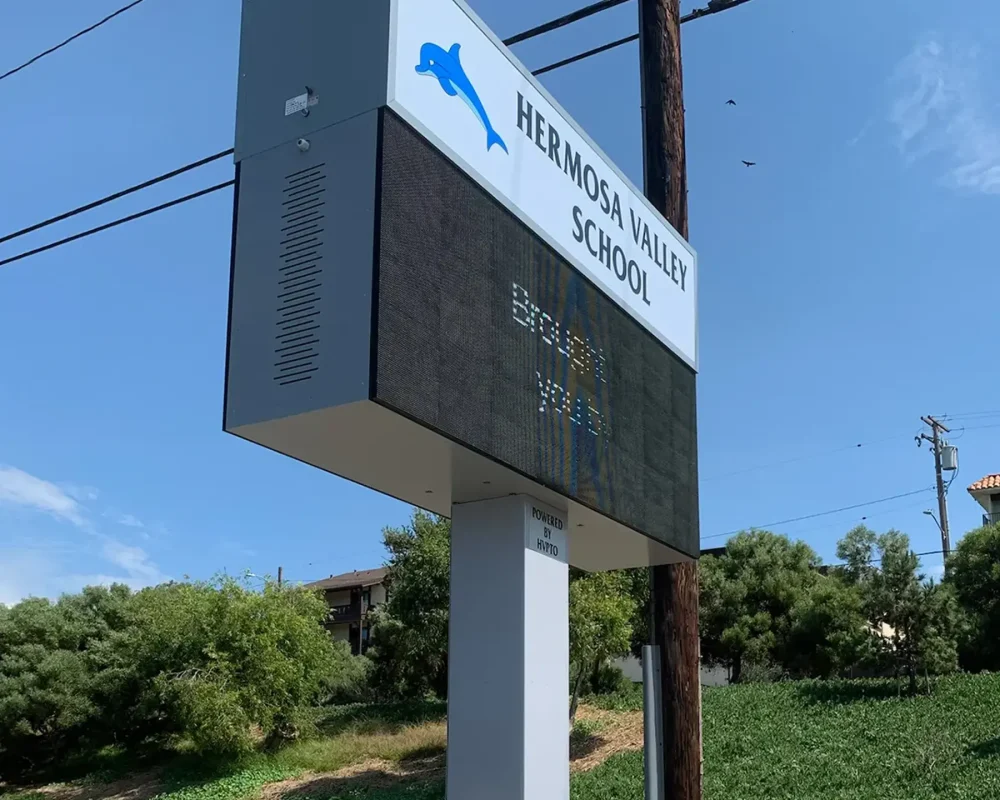Ensuring public buildings are accessible and inclusive is a legal obligation and a cornerstone of universal design. The Americans with Disabilities Act (ADA) continues to evolve, with updates to regulations shaping how ADA signs are designed, placed, and implemented. Understanding the 2025 ADA Sign Requirements is crucial to constructing compliant, accessible spaces. Continue reading to learn more about ADA compliant signs.
Introduction to ADA Signage Requirements
ADA compliant signage ensures that individuals with disabilities can navigate public spaces independently. Types of signage include tactile signs with Braille, high-contrast wayfinding signs, and accessible parking and pathway markers. Each of these elements is governed by strict standards designed to enhance usability and accessibility.
Overview of 2025 Updates to ADA Standards
The 2025 ADA updates refine previous guidelines, emphasizing improved visibility, updated tactile lettering standards, and expanded criteria for emergency signage. These updates address evolving accessibility needs to further support and encourage inclusivity across diverse building types.
Key Updates:
- Enhanced contrast requirements for better visibility.
- Updated tactile lettering dimensions for improved readability.
- Broader requirements for emergency exit and evacuation signage.
Legal and Regulatory Compliance for Public-Access Buildings
Non-compliance with ADA standards can result in significant fines and legal disputes. Remaining in compliance ensures that your project meets federal mandates.
Public-access buildings such as schools, hospitals, office buildings, hotels, and apartment complexes must adhere to the updated ADA building signage requirements to ensure legal approval and usability for all.
Required Signage Types
Braille and Tactile Signs
Mandatory for permanent rooms and spaces, these signs must feature precise tactile letters and Grade 2 Braille.
Wayfinding Signage
Directional signs that guide individuals to exits, elevators, and restrooms. They must be strategically placed and follow the latest visibility standards.
Accessible Parking and Pathway Markers
Clearly defined spaces and routes that prioritize accessibility from parking areas to building entrances.
Placement and Installation Guidelines
Proper placement is critical for ADA compliance. Key requirements include:
- Mounting tactile signs between 48 and 60 inches from the ground.
- Ensuring unobstructed access to signage for individuals using wheelchairs or walkers.
- Placing ADA signs near room doors, ensuring clear visibility and accessibility.
Specifications for Fonts, Colors, and Contrast
- Fonts: Sans-serif fonts are mandatory. Avoid italics or decorative styles.
- Colors and Contrast: High-contrast combinations, such as white text on a dark background, are essential for visibility.
- Size: Lettering must be at least 5/8 inch high for tactile signs and larger for high-visibility signs.
Materials and Durability Standards
ADA signs must withstand environmental wear and tear, especially in outdoor applications. Durable materials such as acrylic, metal, or high-grade plastics are recommended for ADA signs. Signage should resist fading, scratching, and other damage that could impair readability.
Emergency Exit and Safety Signage Requirements
Updated standards emphasize the need for clear, illuminated emergency exit signs. Features include:
- Non-glare surfaces for readability in all lighting conditions.
- Photoluminescent or illuminated options for visibility during power outages.
Inspection and Approval Processes for ADA Compliance
Before a building opens to the public, ADA signs must pass inspection. Building officials will verify:
- Correct placement and mounting height.
- Compliance with tactile and visual requirements.
- Adherence to durability and material standards.
Partnering with an ADA signage expert can streamline this process and ensure your construction projects get approved.
Common Mistakes in ADA Signage Implementation
- Incorrect placement or height of signs.
- Use of non-compliant fonts or colors.
- Failure to include Braille or tactile elements where required.
Role of ADA Signage in Universal Design
ADA signage does more than meet legal requirements—it ensures that spaces are inclusive and navigable for everyone. The new ADA sign requirements support universal design principles, creating environments accessible to people of all abilities.
Partnering with a Professional ADA Signage Provider
By understanding and implementing the 2025 ADA Sign Requirements, you are better equipped to create spaces that are accessible, inclusive, and compliant. Collaborating with an experienced custom ADA sign provider ensures your project meets the highest standards.
At Resource 4 Signs, we will guide you throughout the ADA building signage design, fabrication, and installation process, ensuring you remain in compliance with ADA law. Contact us today to start creating your custom ADA signs.





